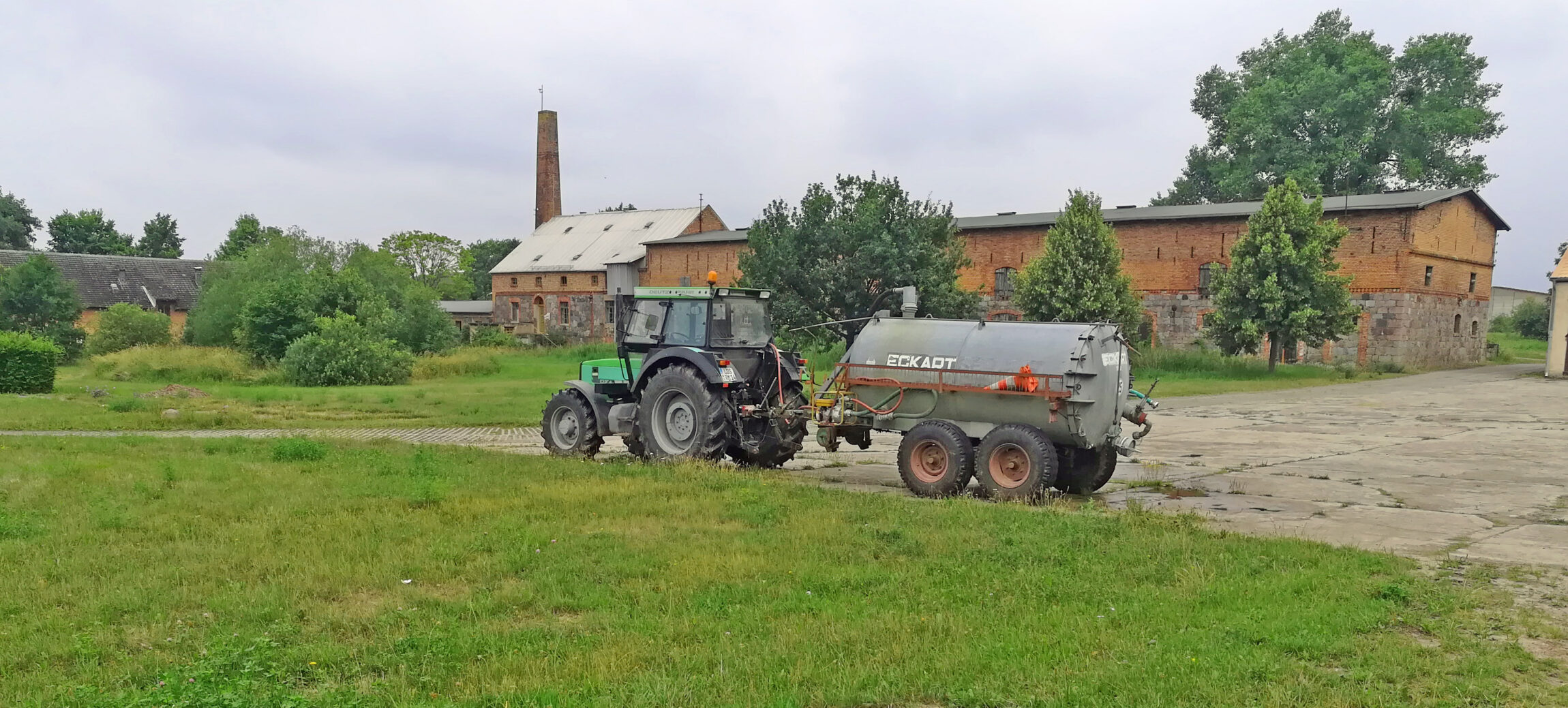
As an all-round foliar fertilizer, Lithovit® Classic Standard and, for high-quality crops with high added value, Lithovit® Classic Forte (finer ground and better activated) have proven themselves from the very beginning. Lithovit® Classic Amino 25, Lithovit® Classic Boron 05, Lithovit Classic Guano 25 and Lithovit® Classic Urea 50 are highly effective special developments for different fields of application. Lithovit® Soil was developed as a soil fertilizer granulate especially for the home, garden and greenhouse. Additionally we offer a huge range of crops-spesific Lithovit® fertilizer e.g. for Maize, Vine, Coffee, Cocoa… You can find them at the Lithovit® Special page. If you have a customized demand, please do not hesitate to contact us personally.
From FiBL Projekte GmbH, Frankfurt, in the Input-list fpor organic faming in European Union the following Lithovit® Classic products are listed as fertilizers (foliar and trace element fertilizers) and thus approved and biodegradable for organic farming in the EU: Standard, Forte, Soil, Amino 25, Guano 25 and Bor 05. In addition, many of our non-EU distributors have approved Lithovit® for organic farming in their distribution countries (from Tanzania to Egypt to Chile and the USA…).
Of course yes! We will gladly arrange contact with the distributor responsible for you or send you the recommended test product and the test quantity free of charge by DHL to any country worldwide after consultation. Please request you free sample here.
Depending on the crop, different application rates and times are recommended. Please get in touch with us and we sill send you the exact application recommendation for your crop.
In principle, the application periods should be adhered to. However, small time shifts usually have no influence on the effect.
In principle, every treatment helps. If not all applications can be carried out, this may have a less positive effect. However, damage does not occur as a result.
According to general recommendation, a 0.5 percent Lithovit® concentration should be sprayed. When using wetting agents, up to 100 g of Lithovit® can be saved per 100 l of spray liquid. For further exceptions, see crop-specific applications.
The following dosage table gives the required Lithovit® application rate (in kg) for a given spray volume (in l) and concentration (in %).
| Dosing table | Spray quantity | |||||||||
| Lithovit® concentration | 50l | 100l | 150l | 200l | 250l | 300l | 500l | 750l | 1.000l | 2.000l |
| 0,50% | 0,25kg | 0,5kg | 0,75kg | 1kg | 1,25kg | 1,5kg | 2,5kg | 3,75kg | 5kg | 10kg |
The effect and the effect will be less compared to the application recommendation. However, negative effects are not observed.
Yes. There is no minimum application area.
In principle, spraying should be carried out in dry weather. Any agricultural crop protection sprayer with agitator (nozzle diameter >50 μm and a pressure >3 bar) or commercial garden sprayer (with repeated shaking) is suitable. The spray broth is to be applied as a very fine spray mist to the leaf surfaces – separately or together with a combined fertilizer/plant protection spray. To be fully effective, the wetted crops must dry completely after spraying. After use, the sprayer must be properly cleaned of residues.
No. So far, all tests and applications with the commercial fertilizers have not shown any negative change in their mode of action.
No. On the contrary. This layer acts as a long-term depot, supplying the plant with important minerals, trace elements and CO2 directly on the leaf surface over a longer period of time. The CO2 diffuses right through the stomata into the intercellular space to enhance photosynthesis.
The ripening process of vegetables and fruits undergoes various chemical reactions under the catalysis of enzymes. Ultimately, ripening depends on the formation of the gas ethylene, which is considered a ripening hormone. In vegetables and fruits harvested while still green, photosynthesis continues until the chlorophyll is broken down by ethylene.
The reason has not yet been conclusively researched. Epigenetic effects may also be responsible.
Almost 20 years of experience of countless users on more than 70 different crops prove that the achievable additional yield, quality improvement and partial saving of pesticides/fertilizers exceed the pure Lithovit® costs many times over, the contribution margin increases significantly. So the cost-benefit-ratio is very positive.
All Lithovit® products can be purchased directly and in more than 30 countries worldwide from national sales partners or via the respective local agricultural trade.
All Tribodyn distributors are thoroughly trained, have many years of in-depth product experience and provide expert support for virtually any task.
Technical expertise is also guaranteed at all times by the company’s own R&D department.